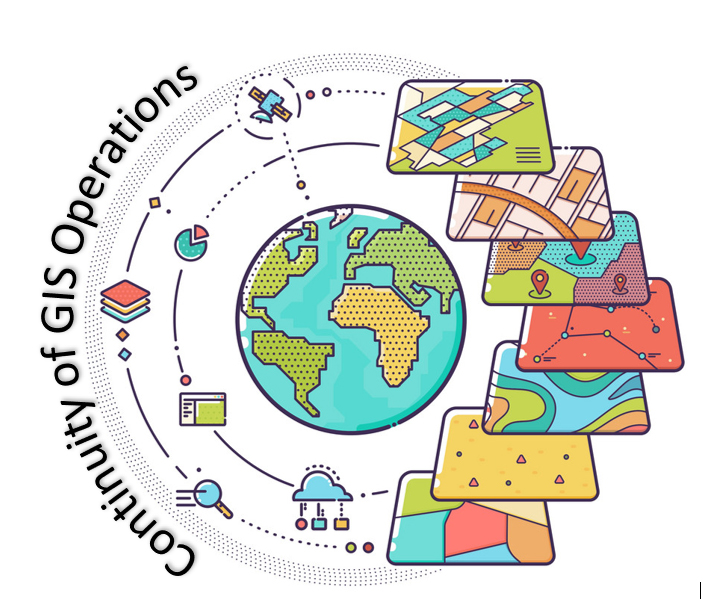Why COOP/DR Plans Need to Consider GIS Data Maintenance
A couple of weeks ago, MCP’s Richard Gaston posted about why it is critically important for every public-safety agency, regardless of size and resources, to have continuity-of-operations plans (COOP) and disaster-recovery (DR) plans in place. This post addresses an element that is lacking in many such plans, a gap that the COVID-19 pandemic has brought into sharp focus—geographic information system (GIS) data maintenance.
For decades, location of 911 callers was determined solely by querying the master street address guide (MSAG) and automatic location identification (ALI) tabular databases. About a quarter century ago, GIS-generated data entered the picture—quite literally—as computer-aided dispatch (GIS) system mapping applications began to leverage it to depict 911-caller locations on the map display on telecommunicators’ screens. In the Next Generation 911 (NG911) environment, GIS data will play an even bigger role, because geospatial data will replace MSAG and ALI data as the primary means of locating 911 callers.






